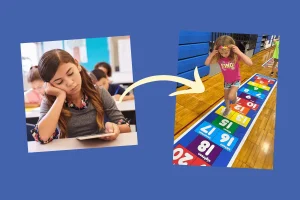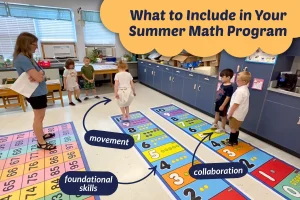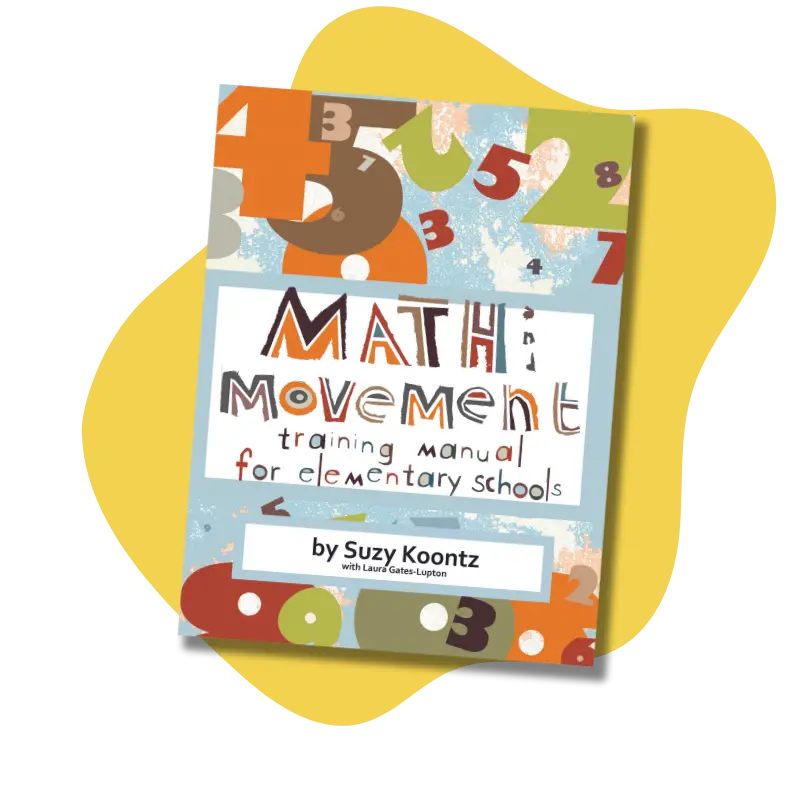
- Trusted by Over 2000 Schools Nationwide
- Top-Rated PD Provider ★★★★★ 4.77
- Save with our Kits & Packages – Shop Now! →

by Katja Krieger
In 2018, I began my career in education as a fifth-grade student teacher. As the months went by, I noticed my students grow increasingly frustrated when it came time for math class. My school had recently adopted Singapore Math as the chosen curriculum for grades K-6th. With any new teaching method, there can be challenges and benefits. However, switching to a new curriculum is not always the solution when it comes to student achievement and satisfaction.
Singapore Math emphasizes fewer steps and more pictures and symbols to solve problems. Math class is transformed into three different stations. The students start with station 1, where they had a private lesson with the teacher on a new or challenging topic. After 15 to 20 minutes they move on to station 2 – independent math. As students attempted their workbook problems, they became increasingly frustrated.
Meanwhile, I struggled to address all of them at the same time. The last station is ‘games’ where students played on their computers. With only 15-20 minutes at each station, sometimes my student’s questions went unanswered. This resulted in them getting frustrated and upset as the concepts built upon each other and got harder over the year. Which made me wonder, “Was there another way to increase student motivation and joy for math?”
In addition to being a student teacher, I was also an intern at Math & Movement. The company’s mission is to create more innovative ways to teach and learn math. The program combines active math movements (also known as cross-body movements) and colorful floor mats. It can supplement school curriculums as it helps teach number literacy, fractions, multiplication, division, and many other fundamental concepts.
I had the idea to substitute the “games” station with a Math & Movement lesson. My teacher agreed and I started planning my lesson. For my lesson, I designed eight questions based off of the Singapore Math curriculum and problems my students had been working on in class. I divided the questions in half with four questions each on the pre- and post-test. The students used the Multiplication Hop mat and the Fraction Fun Wall Banner to solve the pre- and post-test questions.
As soon as I gave each group the pre-test, they looked upset and asked, “Is this a test?” Once they realized it wasn’t a “graded” test but more like a warm-up activity, students worked together and solved most of the problems, only occasionally needing my assistance. Here are a few examples of the questions on the pre/post-test.
2/7 + 6/10 =
2/9 ÷ 6 =
We were multiplying and dividing fractions…every 5th grader’s idea of ‘fun’.
As soon as I unrolled the Multiplication Hop Mat, the students were ecstatic. Several students were smiling, jumping around, and laughing. I started the lesson by asking what they thought about the mats and whether they saw any patterns. When one student realized you could reduce fractions, he exclaimed, “Wait…You can do that?!”.
Towards the end of the lesson, my students started to make up their own questions and solve them with their group. I watched in awe at the level of understanding the children had developed while using the mats. It was a relief to see some of the math anxiety and frustration subside as students became enthralled in the mats and eager to solve the next question.
I think the opportunity to move around and see once frustrating math concepts in a new way helped reduce students’ math phobia and frustration. The Math & Movement lesson was filled with plenty of smiles, energy, and laughter. The change in mood could be because activity paired with colorful visuals appeals to kinesthetic, visual, and auditory learners and helps them make insightful connections.
In the future, I hope to design a longer lesson where students can play new games and cover more floor mats and concepts, and where I can answer all student questions. I will also check out the Math & Movement shop, as it also provides lesson plans and workbooks to help teachers adopt active learning.
Movement isn't just for recess
Want to get started with movement-based learning right now? Enter your email to get our training manual with over 250 active math movements. No materials necessary!




Subscribe to Our Newsletter
We never share or sell your data.
Please leave your email and a quick note for us. We will get back to you soon! In the meantime, here are answers to some of our most common questions:

Enter your email to get our training manual with over 250 active math movements. No materials necessary!
We never share or sell your data.